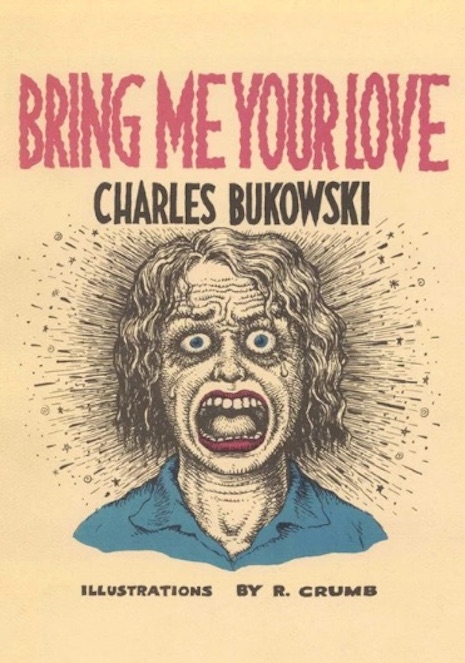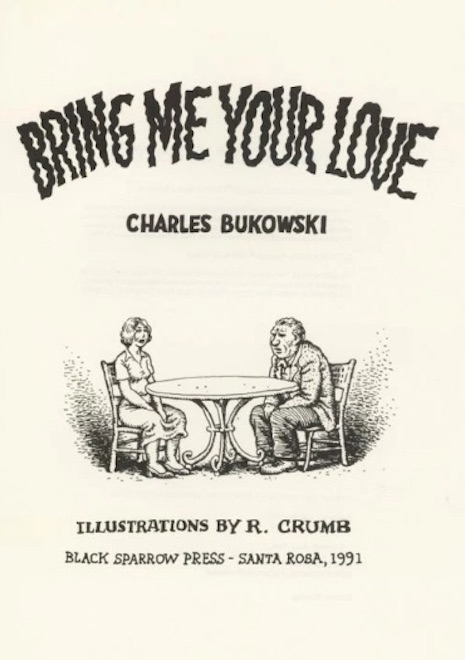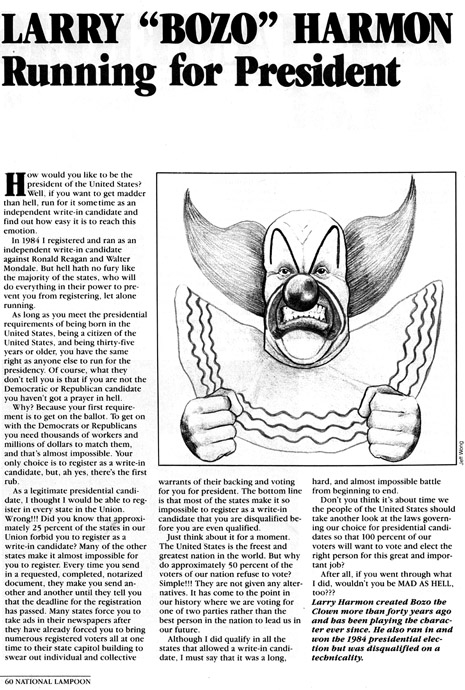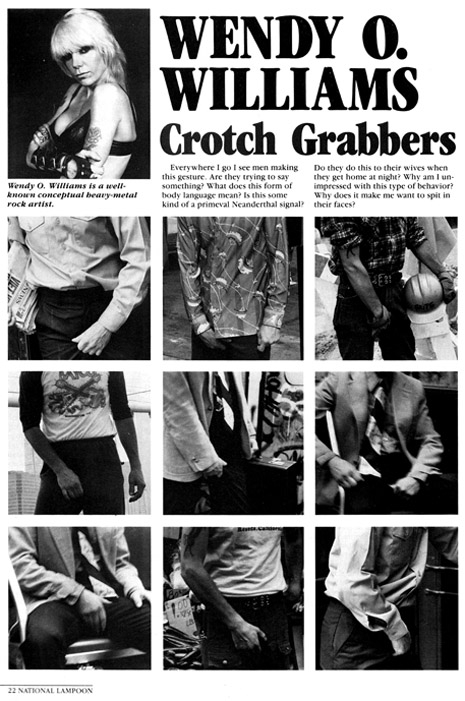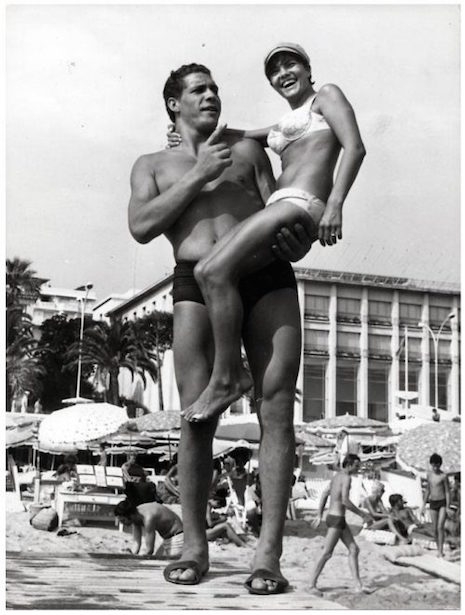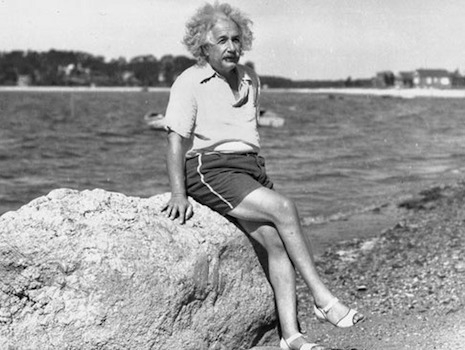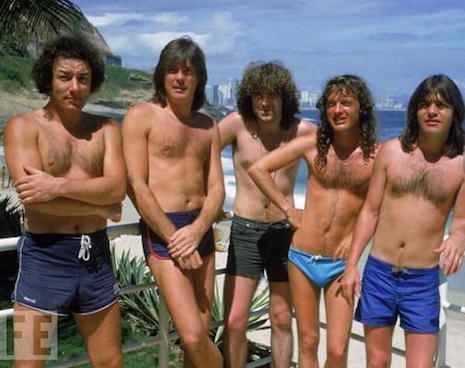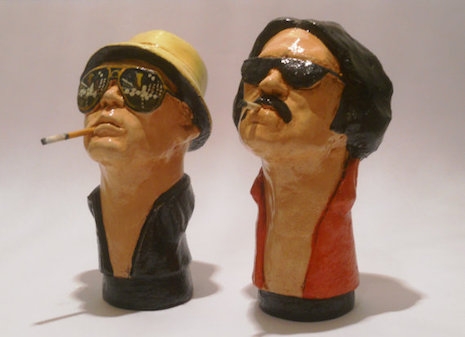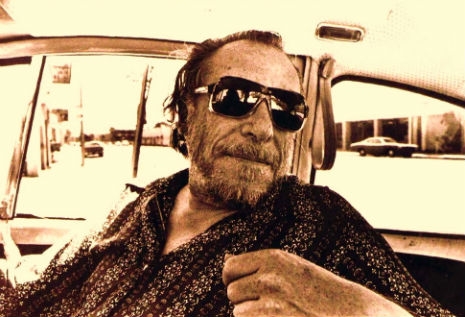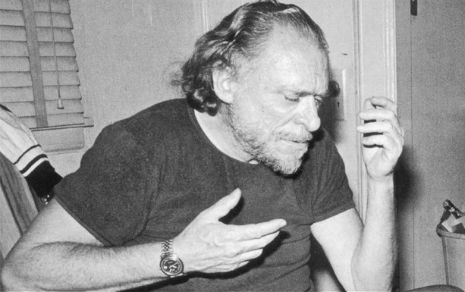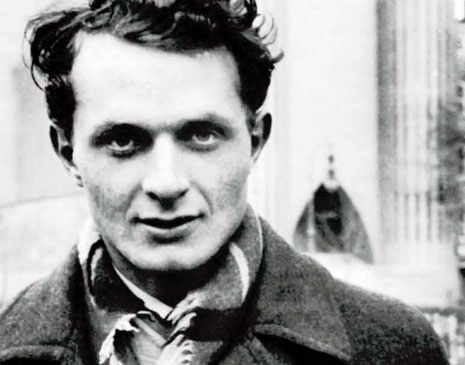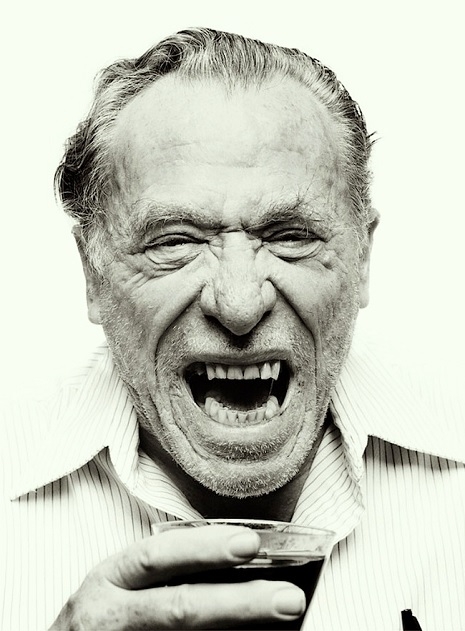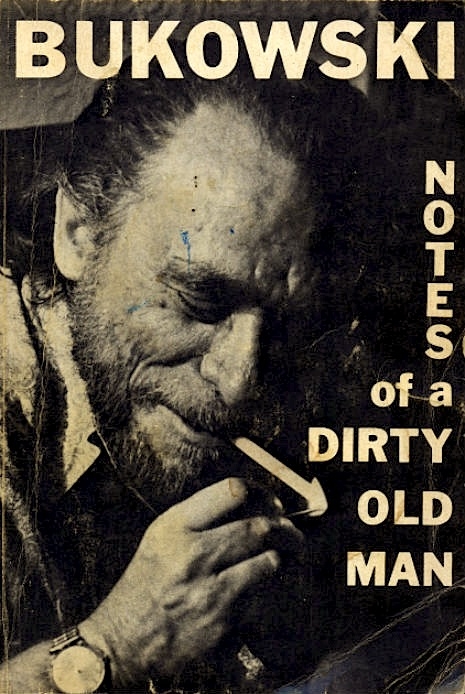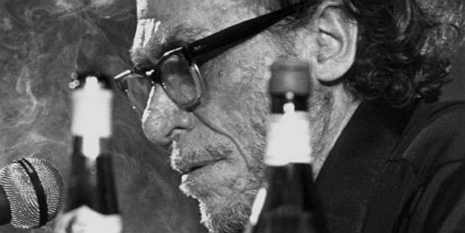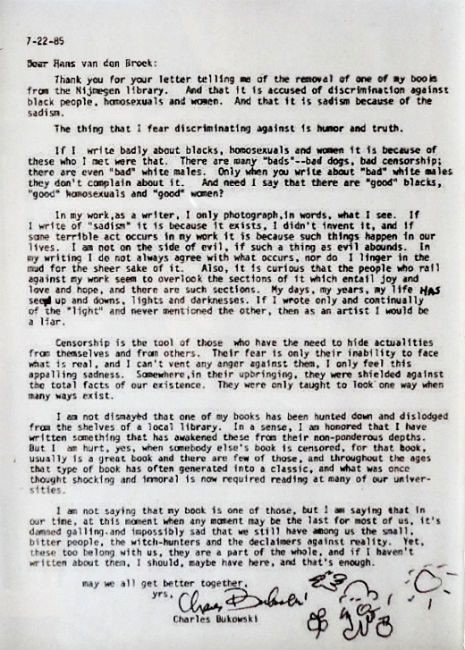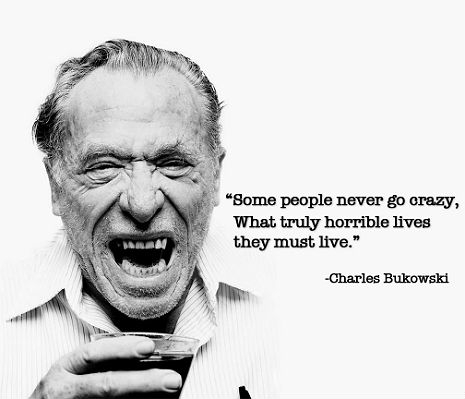
Humphrey Bogart on the set of 1951 film, The African Queen with his buddy, Gordon
As I’m sure many of you are right now preparing for tomorrow, a day when you will be attempting to brush away vodka-coated cobwebs from your eyes, I thought it would be fun to share some stories and images of some of the best-known boozers and professional drunks in history. One is amazingly still with us, and the others have sadly long since gone on to the great barroom in the sky. I’m going to start this post off with one of my favorite mythical drinkers, Academy Award-winning actor, Humphrey Bogart.
Here’s Bogie (pictured above) on the set of the 1951 film that won him that Academy Award, The African Queen. While Bogart played the part of a gin-guzzling riverboat captain, Charlie Allnut, in real life he didn’t show a particular affinity for any one kind of liquor, but seemed to love them all, especially Scotch. While most of the cast and crew of the The African Queen fell ill during the filming (which was shot on site in Uganda and the Congo in Africa), Bogart was claimed that he didn’t get sick, and whenever a fly bit him “it dropped dead” thanks to his steady diet of beans, canned asparagus and Scotch whisky. Bogart’s fascinating life and love affair with booze is beautifully detailed in the 2011 book, Tough Without a Gun: The Life and Extraordinary Afterlife of Humphrey Bogart (which I highly recommend you read if you are at all a fan of Bogart).
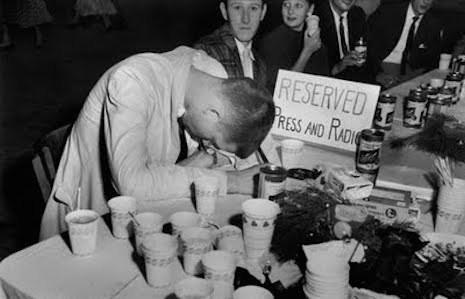
Hunter S. Thompson
Easily known as one of history’s most irresponsible consumers of booze and drugs is much loved and often hated gonzo journalist, Hunter S. Thompson. As well known for his contributions to the literary world as he is for his rabid intake of alcohol, Hunter enjoyed his all of his vices in excess - whether it be booze, amyl nitrate, cigarettes, guns or women. If it was bad for you, Hunter always had a lot of it around. A drunk after my own heart, Thompson was known for ordering several drinks at a time so he didn’t have to wait for a refill.
If you’ve ever read any of Thompson’s work and are also acquainted with documents concerning his actual life , it quickly becomes clear that his “fictional” exploits were much more close to the actuality of his day-to-day life on the edge. What more could you expect from a man who lived for sleeping late, having fun, getting wild, drinking whisky, and driving fast on empty streets with nothing in mind except falling in love and not getting arrested? That’s right. Nothing.

Keith Richards and his ever present bottle of brown liquor
As I mentioned, many of the subjects in this post are unsurprisingly no longer among the living. There are a few notable, now (mostly) reformed booze-hounds still celebrating birthdays and among them is Keith Richards. Keef turned 72 on December 18th and like Ozzy, many refer to Keith as a “medical miracle” of sorts. After reading Richard’s 2010 memoir Life, I felt like I needed to check into rehab after digesting his tales regarding his daily, decades long diet of Jack Daniels and cocaine.
Like many vice-loving individuals, Keith periodically dried out here and there through the years. But 2006 wasn’t one of those times. While filming Pirates of the Caribbean: At World’s End, Keith was so loaded on set that it became director Gore Verbinski’s “job” to get Richards’ to “sit up properly.” To anyone who suspected Keith was playing “method” in that film, congratulations! Take two drinks.
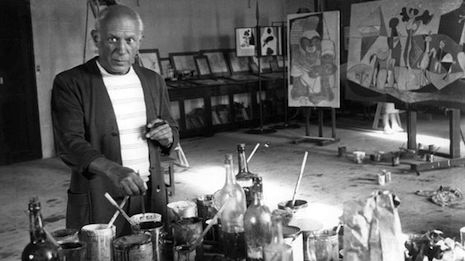
Pablo Picasso in his studio with a few bottles of the “Green Fairy”
Painter Pablo Picasso’s weapon of choice was absinthe and he drank it in alarmingly large quantities. For a time absinthe was a drink only available to the wealthy. But once it was available for mass consumption, even poor starving artists such as Picasso could afford to ride the “green fairy.” Although absinthe became prohibited in many countries in the early 20th century, it remained legal in Picasso’s home base of operations, Spain. In 2010, Picasso’s painting “The Absinthe Drinker” (which if you look at it long enough might make you feel drunk) sold for over 50 million dollars. And as we were just speaking of medical miracles, the hard-drinking Picasso lived to the ripe-old age of 92. Ceremoniously, on his deathbed, Picasso’s parting words were, “Drink to me, drink to my health. You know I can’t drink anymore.”

Richard Burton and Elizabeth Taylor knocking a few drinks back
Probably one of the most famous drunks in Hollywood, it was rumored that actor Richard Burton could throw back four bottles of vodka a day. In 1972 while filming Under Milk Wood, Burton “cut back” to one bottle a day telling director Andrew Sinclair that he “wasn’t drinking” on his film, which to Burton translated to a deviation away from his normal “three or more” bottles a day.
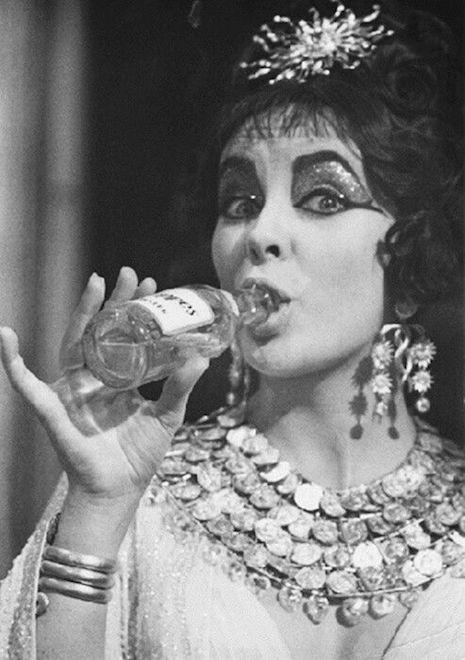
Elizabeth Taylor having a drink on the set of the 1963 film, Cleopatra
Together with Burton’s on-again/off-again drinking partner, Elizabeth Taylor, the pair brought new meaning to the phrase “life imitating art” in the 1966 film, Who’s Afraid of Virginia Woolf? Taylor wasn’t as much as a heavy drinker as Burton, and he tried to hide his penchant for drinking vodka for breakfast from her during their two marriages. Burton’s tragic relationship with alcohol is excruciatingly detailed in the 2012 book, The Richard Burton Diaries. If you’d like to get the bed spins without having to drink like Burton, you can just read some of the excerpts here.
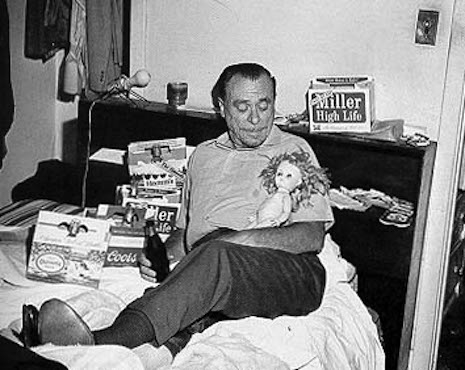
Charles Bukowski in his happy place, in bed drinking with a pretty doll
As there is no shortage of our alcohol-fueled war stories out there that concern all too many of our heros, I’m going to cap off this post with a man who is as synonymous to drinking as anyone else in the history of booze—poet and raconteur, Charles Bukowski. There’s a bar in Prague named for Bukowski who entices its patrons with not only the best cocktails in Zizkov, but also having the “cleanest toilets.” There’s also the Bukowski Tavern in my old hometown of Boston whose website will tell you about “Today’s Fucking Specials” which include “White Trash Cheese Dip” and the “Bukowski Mad Dog,” which is just a hotdog made cooler by attaching Bukowski’s name to it. Neither of which, with all due respect, would have been frequented by Charles Bukowski.
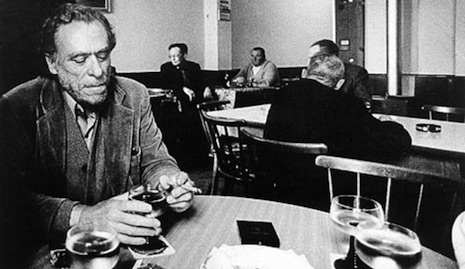
But as food is not a topic drunks much care for anyway, let’s talk about Buk’s liver-drowning drinking habits. When times were good financially, like any drinker, his apartment would be stocked with expensive wine and whiskey. When he was broke, he’d turn to cheap beer for comfort. Like most people, Bukowski started experimenting with booze when he was a teenager and it is strongly rumoured that while he was writing his first novel, 1971’s Post Office, that he would down two six-packs of beer and follow that up with a pint of Cutty Sark. Bukowski once wrote that all he really wanted to do was stay in bed and drink saying that “when you drank the world was still out there, but for the moment it didn’t have you by the throat.” And on that note, I bid you dear Dangerous Mind reader, a Happy New Year. Res ipsa loquitur - Let the good times roll.
h/t: Modern Drunkard
Previously on Dangerous Minds:
Dennis Hopper, drunk and stoned with six sticks of dynamite—what could possibly go wrong?
